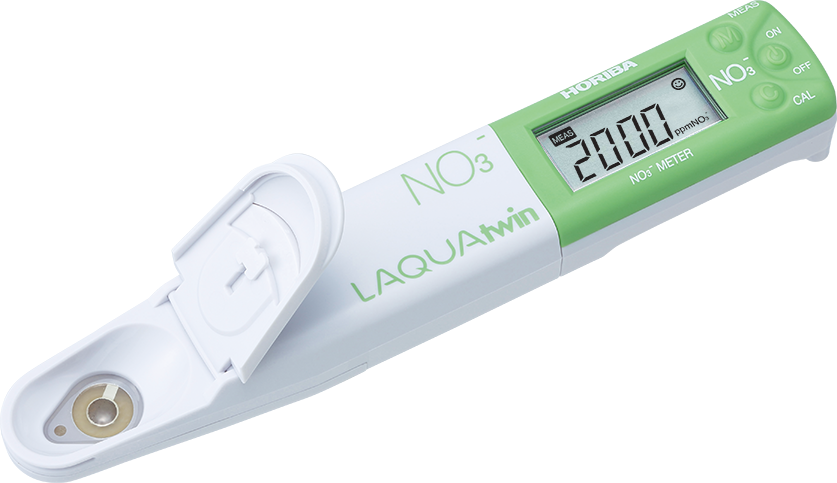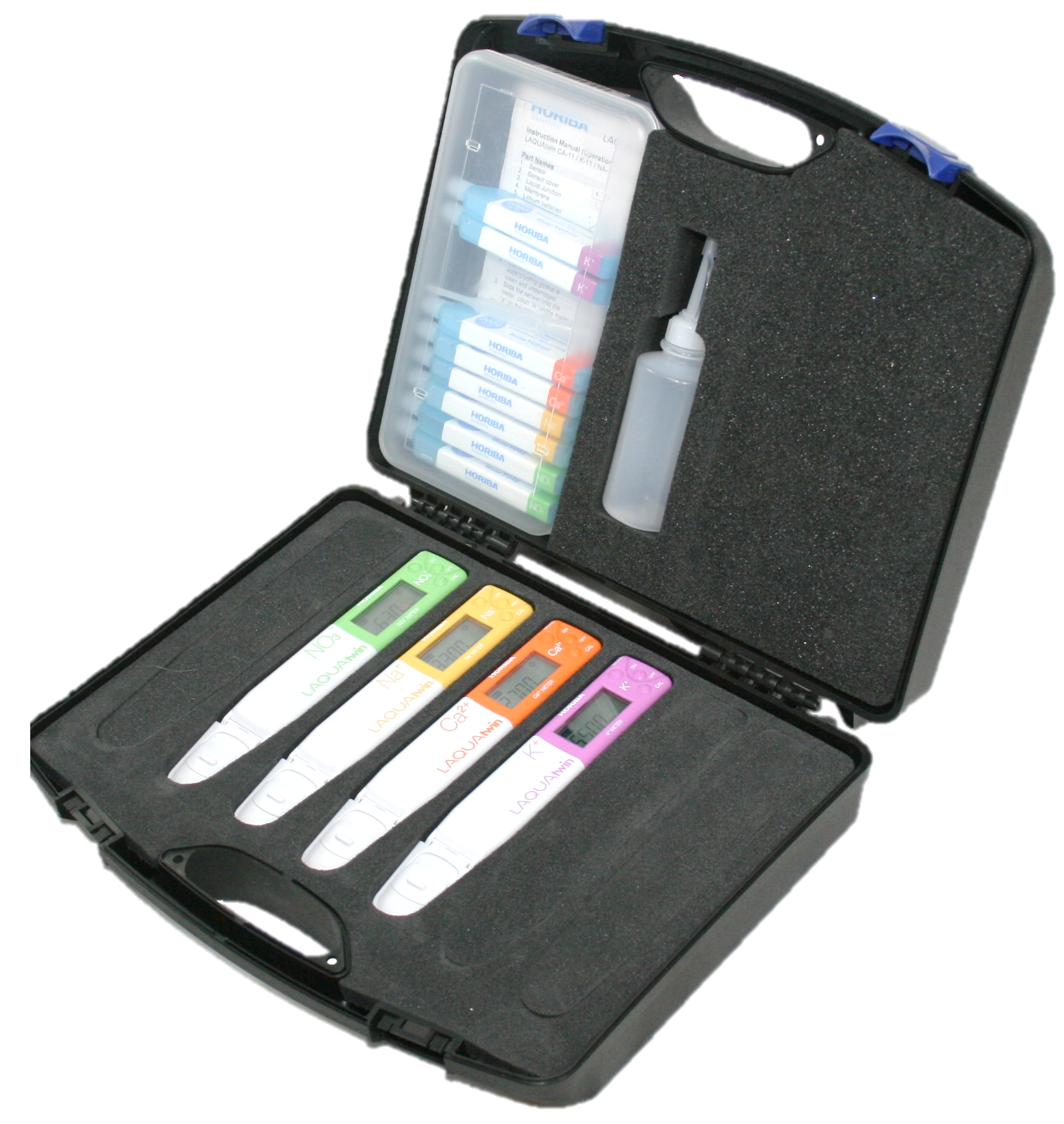Plant Sap Testing for Nitrogen and Potassium Status of Vegetable Crops
Plant sap testing can help growers achieve the optimum fertilization of vegetable crops. Analyzing fresh plant petiole sap for N and K concentrations using LAQUAtwin nitrate and potassium pocket meters is a quick procedure to determine the N and K levels in plants. The results can be used in guiding N and K applications.
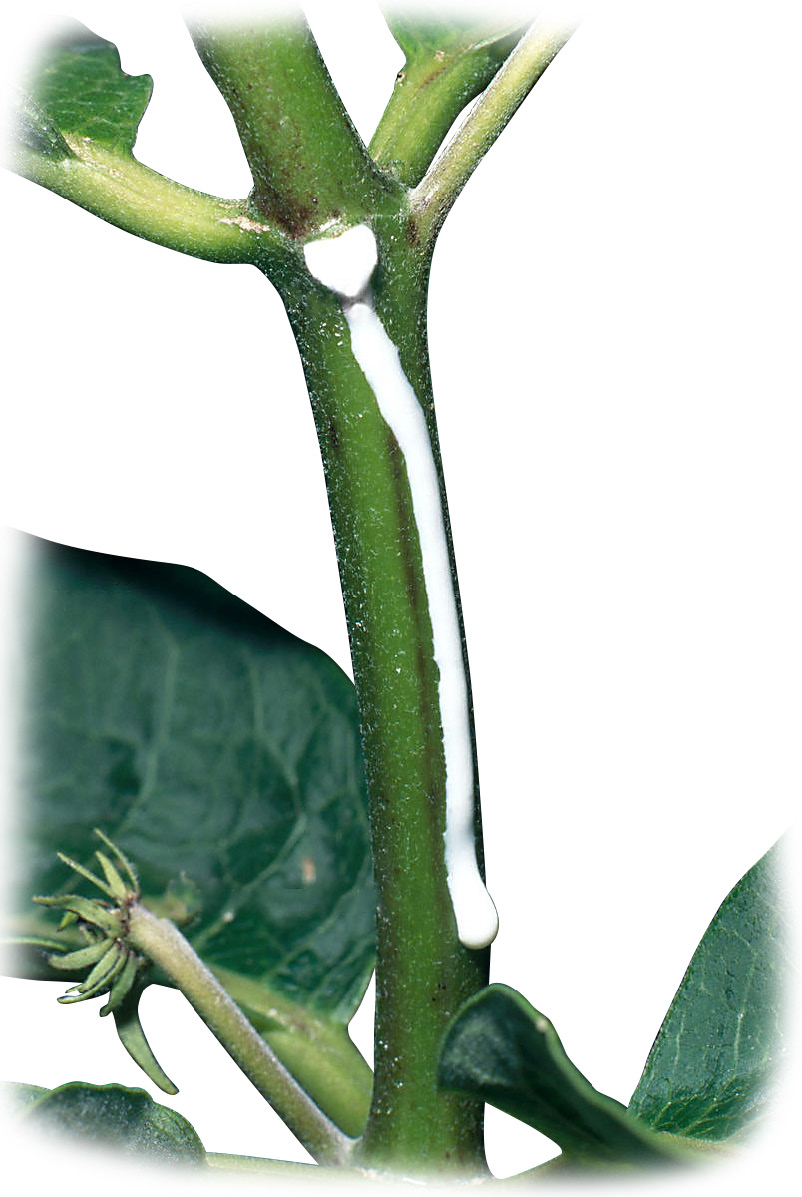
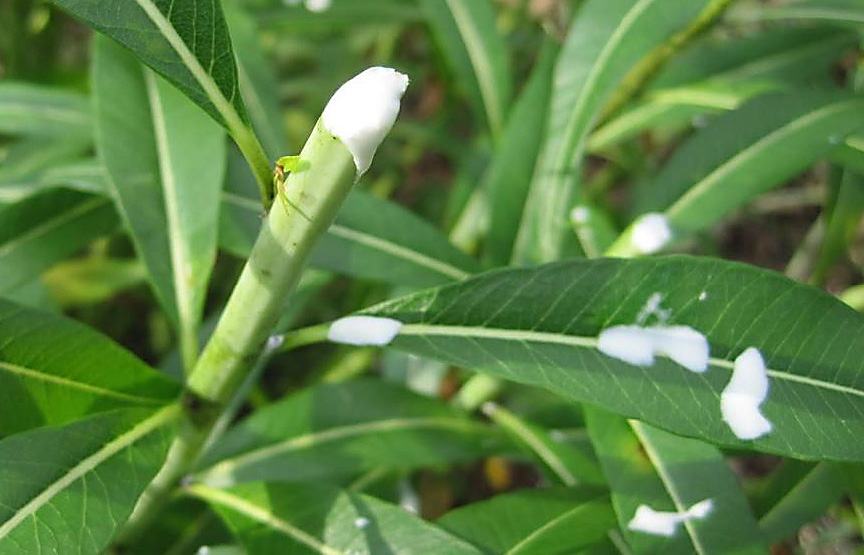
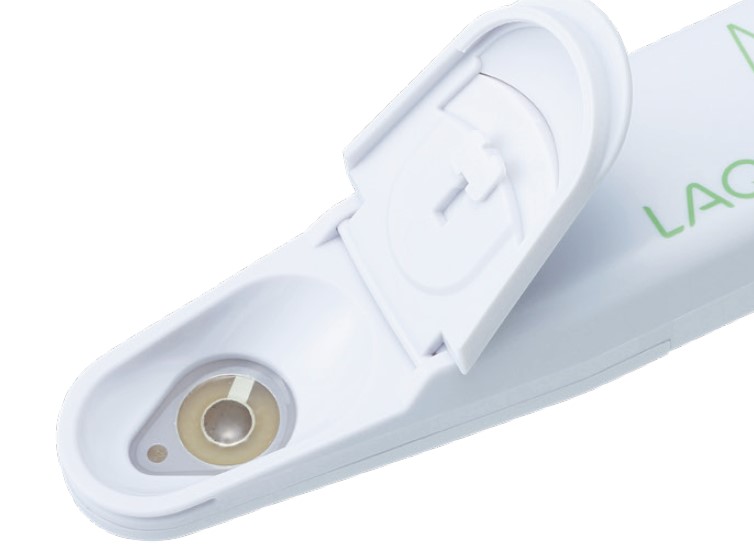
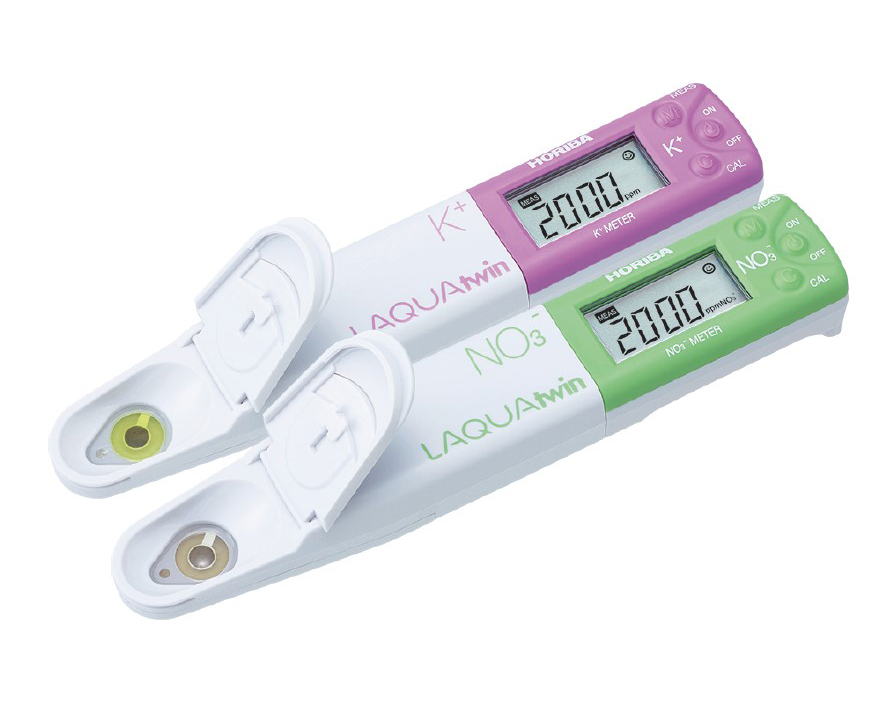
Introduction
Soil and plant tissue testing is a valuable tool for determining the fertilizer needs and maximizing the fertilizer efficiency. Soil test is especially useful early in the growing season when plants are too small to collect tissue samples. Plant tissue test for nitrogen (N) and potassium (K) levels during the growing season provides information for diagnosing problems. It is preferred than soil test as the results of which can change quickly by rain or irrigation.
Plant sap testing offers advantages over the conventional dry tissue testing being carried out in laboratories. Aside from the lower cost it requires, plant sap testing can be easily done in the field and the results can be obtained quickly which is important in making fertilization decisions.
Vegetable growers, consultants, and fertilizer companies can use the LAQUAtwin NO3-11 or NO3-11C nitrate pocket meters and LAQUAtwin K-11 potassium pocket meter in the field to help manage N and K fertilizer. These meters are waterproof and equipped with built-in thermistor that detects the sample temperature and replaceable sensor with flat membrane that accepts as little as 0.3 ml sample (0.05 ml with sampling sheet B). They can measure plant sap in just a few seconds and display ion concentration reading expressed in either mg/L or ppm unit. The LAQUAtwin NO3-11 and NO3-11C nitrate pocket meters can measure nitrate ion (NO3-) and nitrate-nitrogen (NO3-N).
Method
Meter Calibration
Prior to sample measurement, calibrate the meters using the standard solutions included in their kits or prepare two standard solutions having concentrations that are ten-fold apart.
Samples should be read within the calibrated range of the meters. Readings outside the calibrated range should be considered inaccurate. Dilute the sap with deionized or distilled water if the reading is above the calibrated range and take the dilution factor into account when calculating the original sap concentration.
- Select the desired unit in the settings of each meter.
- Calibrate the meters using their respective standard solutions according to the instruction manuals.
- If LAQUAtwin NO3-11 is set in nitrate-nitrogen (NO3-N) mode, the readings of 150ppm and 2000ppm nitrate standard solutions will be calibrated as 34ppm and 450ppm NO3-N, respectively.
- If LAQUAtwin NO3-11C is set in nitrate-nitrogen (NO3-N) mode, the readings of 300ppm and 5000ppm nitrate standard solutions will be calibrated as 68ppm and 1100ppm NO3-N, respectively.
When the LAQUAtwin pocket meters are used in the field, it is recommended that they are operated under a shade and recalibrated frequently throughout the day as they are sensitive to temperature changes. It is best to collect petioles from the field and analyze them with the meters indoor.
Sample Collection and Preparation
The nitrate level in plant can vary throughout the day. To obtain consistent test results, reasonable standardization of time, temperature, and weather conditions under which sampling is carried out will help.
-
Collect the petioles (leaf stems) of about 20 most-recently-matured leaves—those leaves that have reached maximum size and have changed from a juvenile light green color to a dark green color. Refer to Figure 1 to help you identify petioles of some vegetable crops. There are exceptions however—for example, the roots of onions are used to determine the nitrate levels. Refer to Application Note: Rapid In-Field Determination of Nitrogen in Onions.
- Take the leaves from different plants to ensure that the sap sample is representative of the field or the area being tested.
- Petioles may be stored at room temperature (70°F, 21.1°C) in a plastic bag for up to 2 hours. There are longer storage options that do not produce appreciable changes in sap N or K concentrations according to studies conducted in Florida—fresh, whole (unchopped) petioles can be placed in a plastic bag and stored on ice in a cooler for up to 8 hours or frozen overnight. Cold petioles must be warmed to room temperature before crushing so that the temperature differences between sap and meter do not affect the results.
-
Chop and mix the petioles. Take a subsample of chopped petioles for crushing.
-
Squeeze the sap from petioles using a garlic press, lemon press, or hydraulic sap press.
-
Measure the fresh sap using the LAQUAtwin pocket meters within 1-2 minutes of pressing.
-
Record the readings.
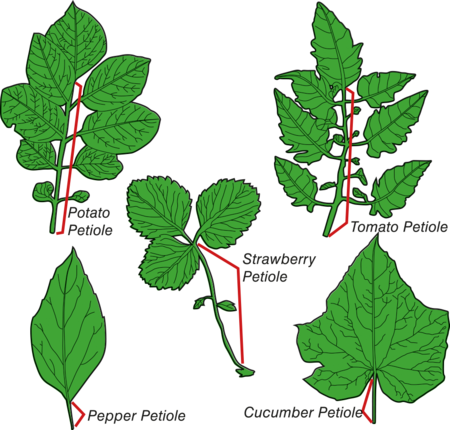
Table 1. Guidelines for plant leaf petiole fresh sap nitrate-nitrogen- and potassium-testing
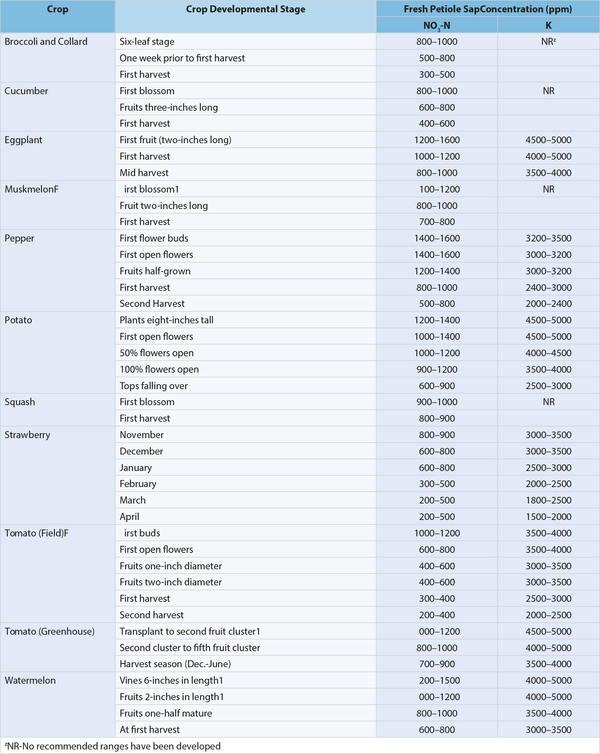
Source: University of Florida - Plant Petiole Sap-Testing for Vegetable Crops
Table 2: Guidelines for fresh petiole sap nitrate-nitrogen
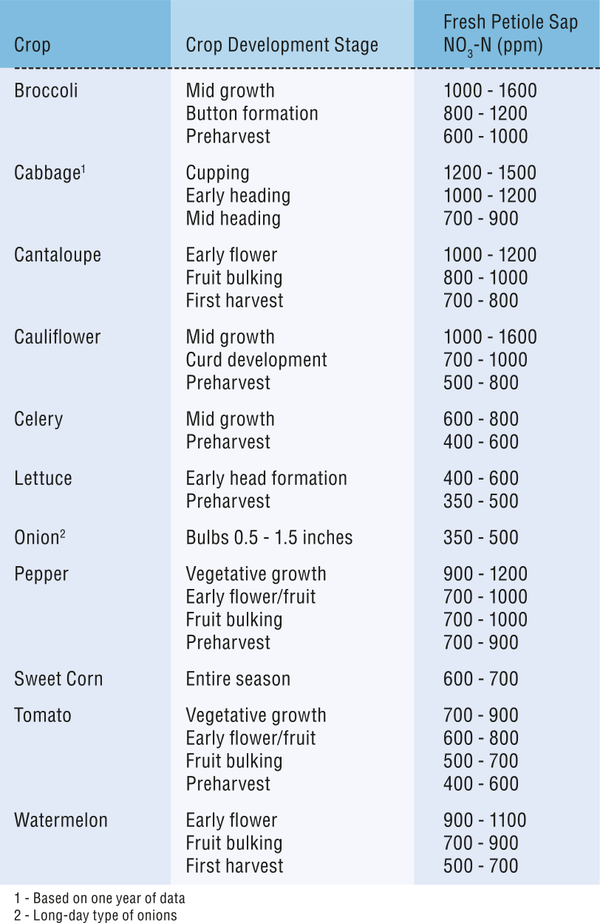
Source: California Department Food of Food and Agriculture - Guide to Nitrogen Quick-Tests for Vegetables with the Cardy Nitrate Meter
Results and Benefits
Over the growing season, vegetable crops differ widely in their nutrient needs and patterns of uptake. With regular plant sap testing and good record keeping, the trend of N and K concentrations can be followed over the season to gain insight on the nitrogen and potassium dynamics of the crop.
It is important to note the plant growth stage at sampling to know what sufficiency standard to apply. There are guidelines for various crops at various growth stages developed and published by universities and research institutes based on their research and field experience. Tables 1 and 2 contain ranges that are suggested critical values.
References and Suggested Readings
- University of Florida - Plant Petiole Sap-Testing for Vegetable Crops by George Hochmuth. Retrieved from https://bit.ly/2YLIfuz
- California Department Food of Food and Agriculture - Guide to Nitrogen Quick-Tests for Vegetables with the Cardy Nitrate Meter by Kurt Schulbach, Richard Smith, Tim Hartz, and Louise Jackson. Retrieved from https://bit.ly/3dce0AG
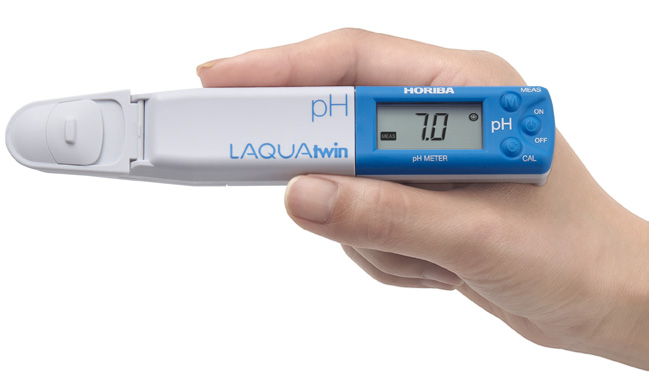
LAQUAtwin: the only meters with flat sensor technology.
HORIBA’s highly-sensitive, flat sensor technology opens up new possibilities for sampling and sample types. Only a small amount of sample is required, so you can easily sample in situ without the need for beakers or other labware. Sensors are easily replaced as required.
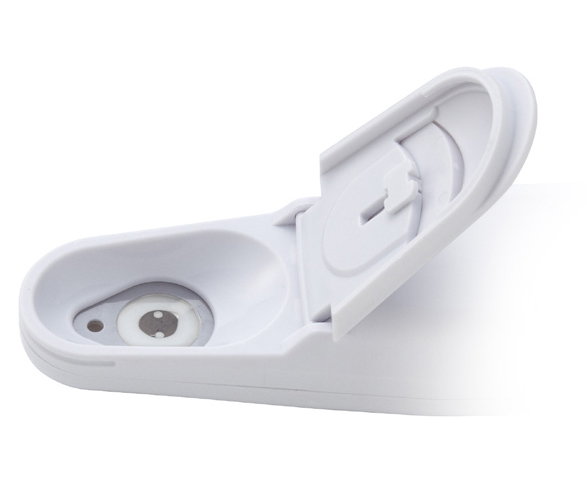
Calibrate and measure at the touch of a button — the smiley face will tell you when the result can be read.
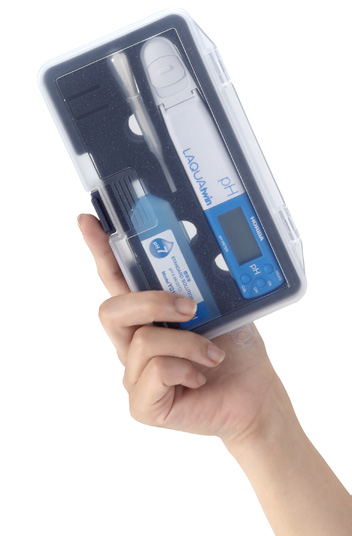
LAQUAtwin is fully waterproof and dustproof.
The meter and sensor are fully waterproof* and dustproof, so you can take it anywhere.
* IP67 rated. Will withstand immersion for 30 minutes at 1 m. Not suitable for underwater use.
Carry case comes as standard for handy portability.
The compact carry case contains everything you need for your measurements, including the standard solution and sampling sheets.


